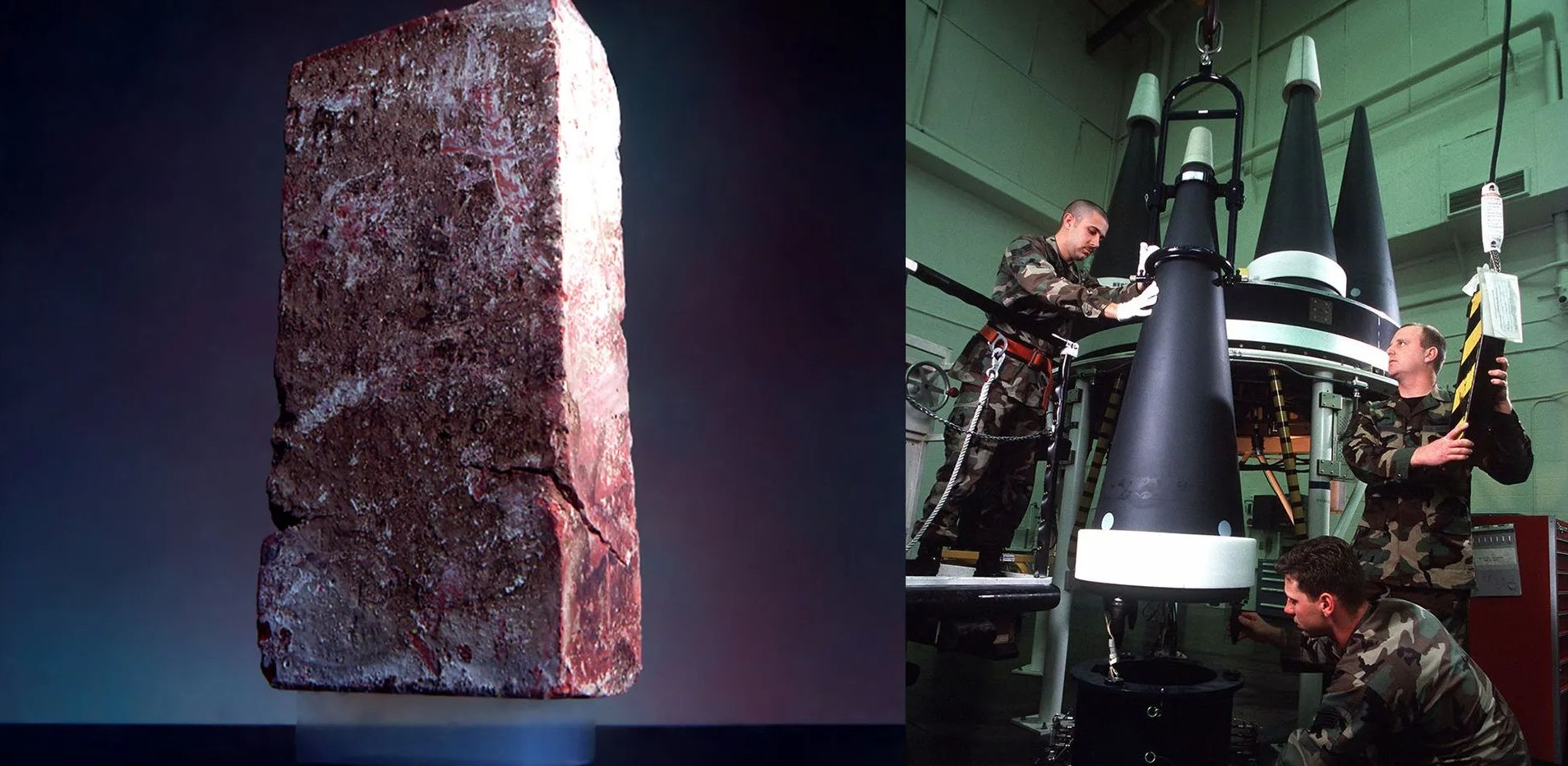Keeping the United States’ nuclear arsenal ready for use is an ongoing process, one which is necessarily shrouded in complete secrecy. In an article by The War Zone these developments and the secrets behind it are touched upon, including a secret ingredient for these thermonuclear warheads that is only officially known as ‘Fogbank’, but which is very likely aerogel.
As noted by a commentator, this is pretty much confirmed in an article published by Los Alamos National Laboratories (LANL) in the 2nd 2009 issue (PDF) of Nuclear Weapons Journal. On page nine the article on hohlraum-based inertial confinement fusion notes the use of aerogel to tamp the radially inward motion of the wall material, suggesting a similar function within one of these thermonuclear warheads.
The research at the Nuclear Ignition Facility (NIF) over at Lawrence Livermore National Laboratory (LLNL) is directly related to these thermonuclear weapons, as they are based around inertial confinement fusion (ICF), which is what the NIF is set up for to study, including the role of aerogel. ICF is unlikely to ever be used for energy production, as we noted in the past, but makes it possible to study aspects of detonating a thermonuclear weapon that are difficult to simulate and illegal to test with real warheads.
Currently it seems that after decades of merely reusing the Fogbank material in refurbished warheads, new material is now being produced again, with it likely being used in the new W93 warhead and the low-yield W76 and life-extended W76-1 variants. All of which is of course pure conjecture, barring the details getting leaked on the War Thunder forums to settle a dispute on realistic US thermonuclear weapon yields.
